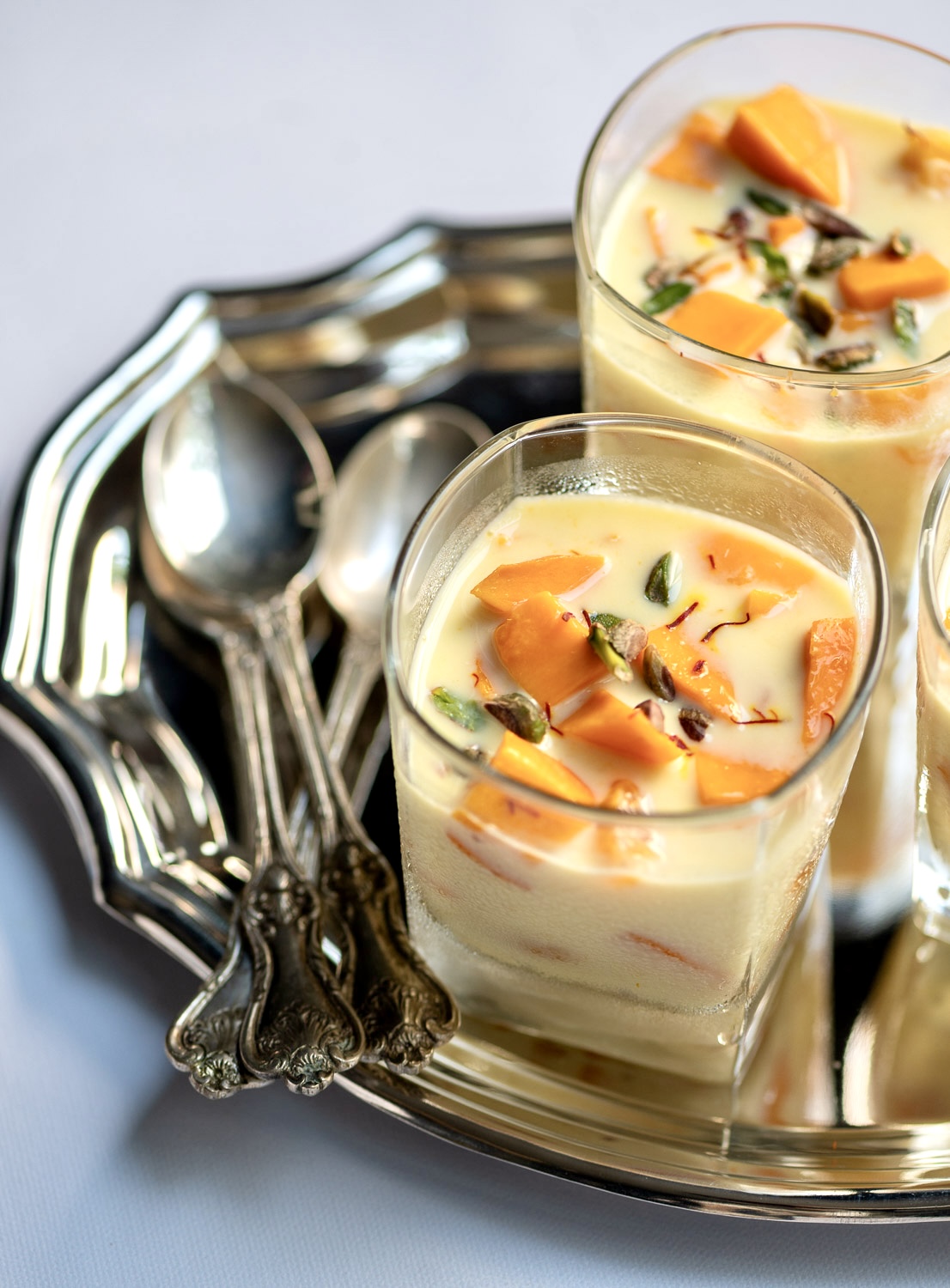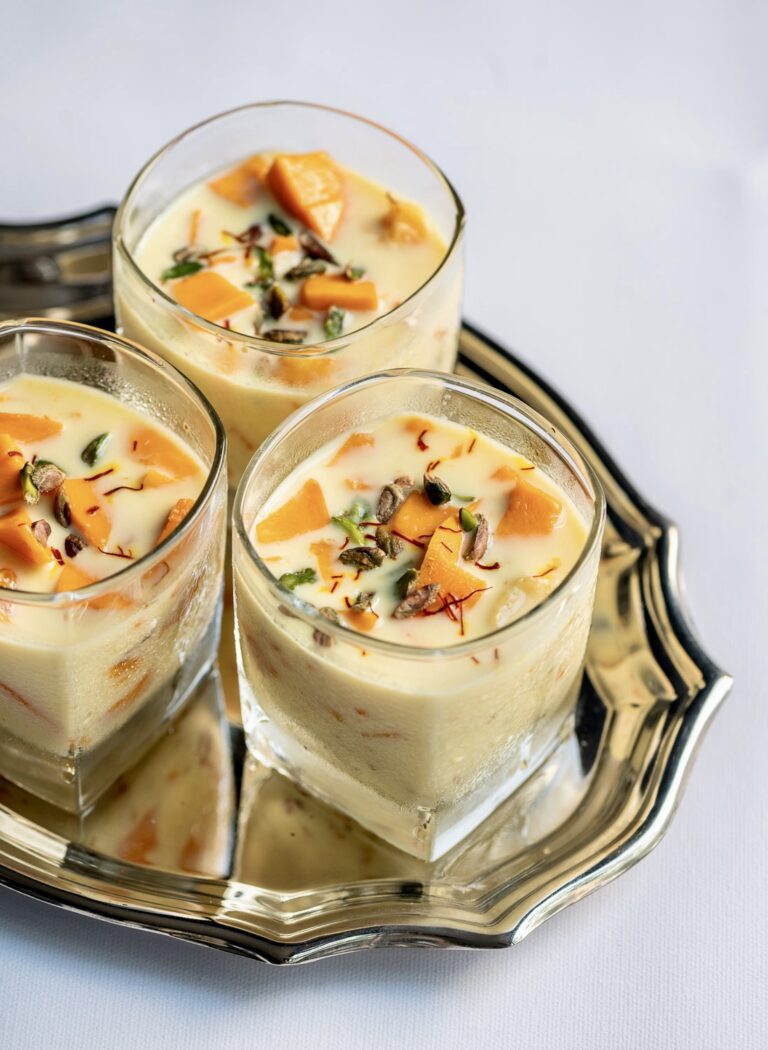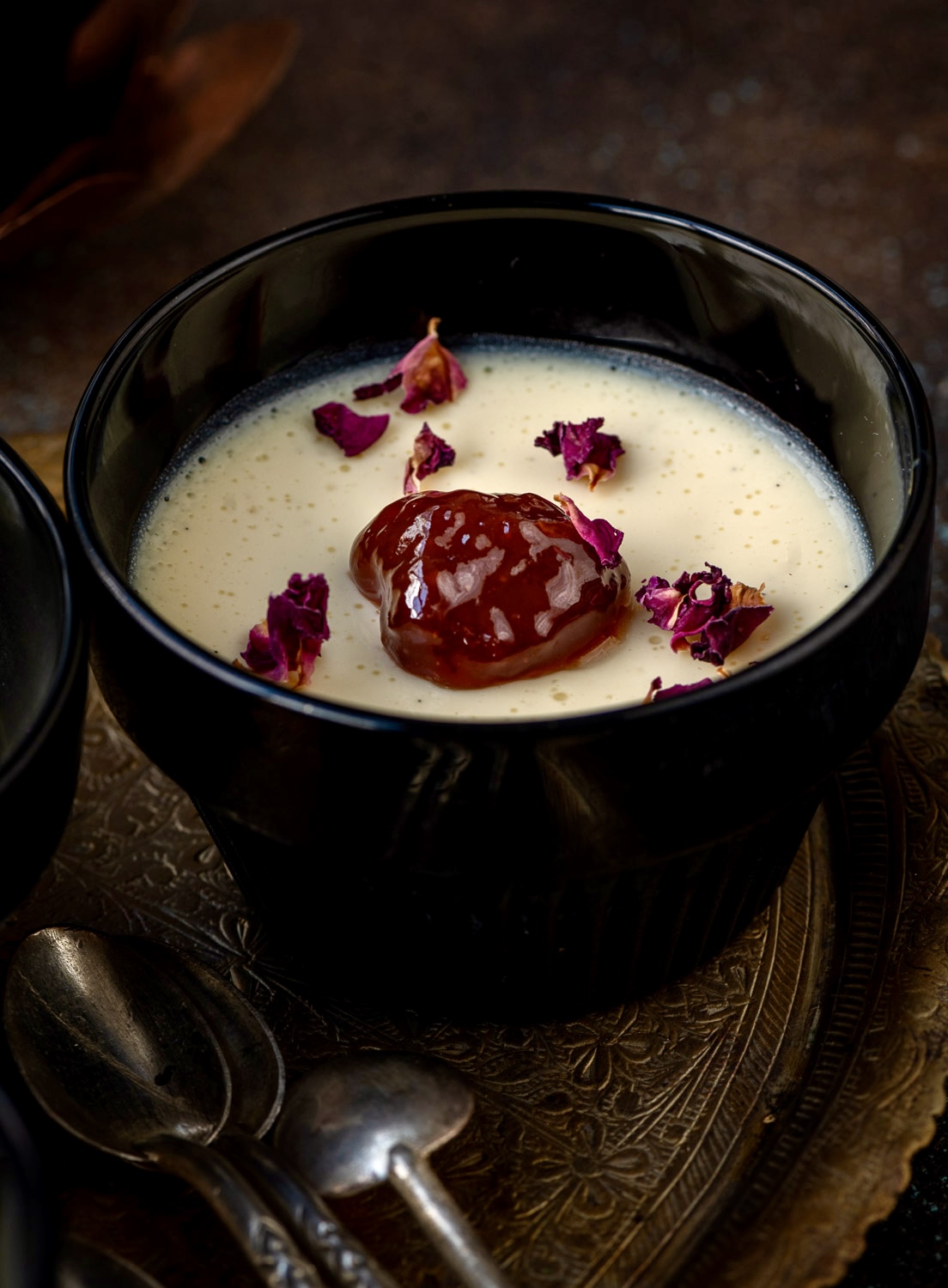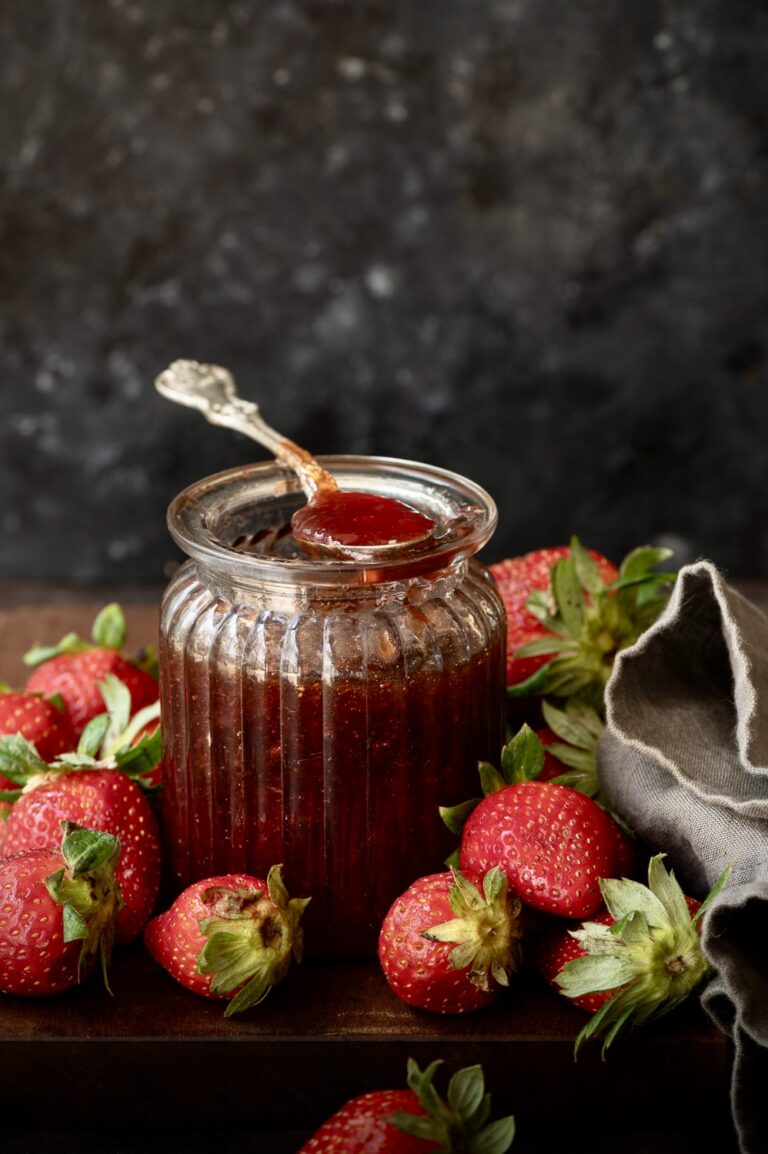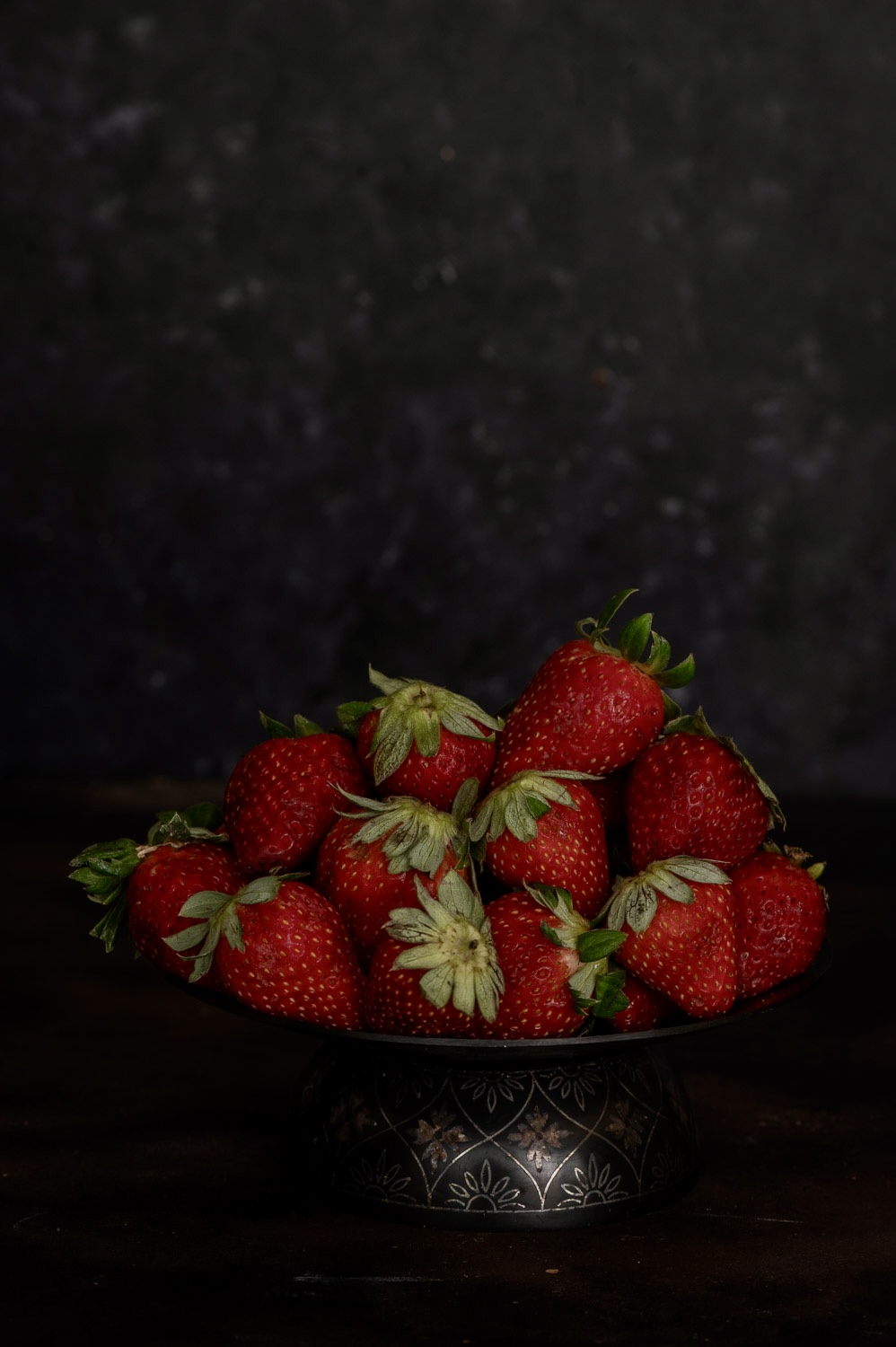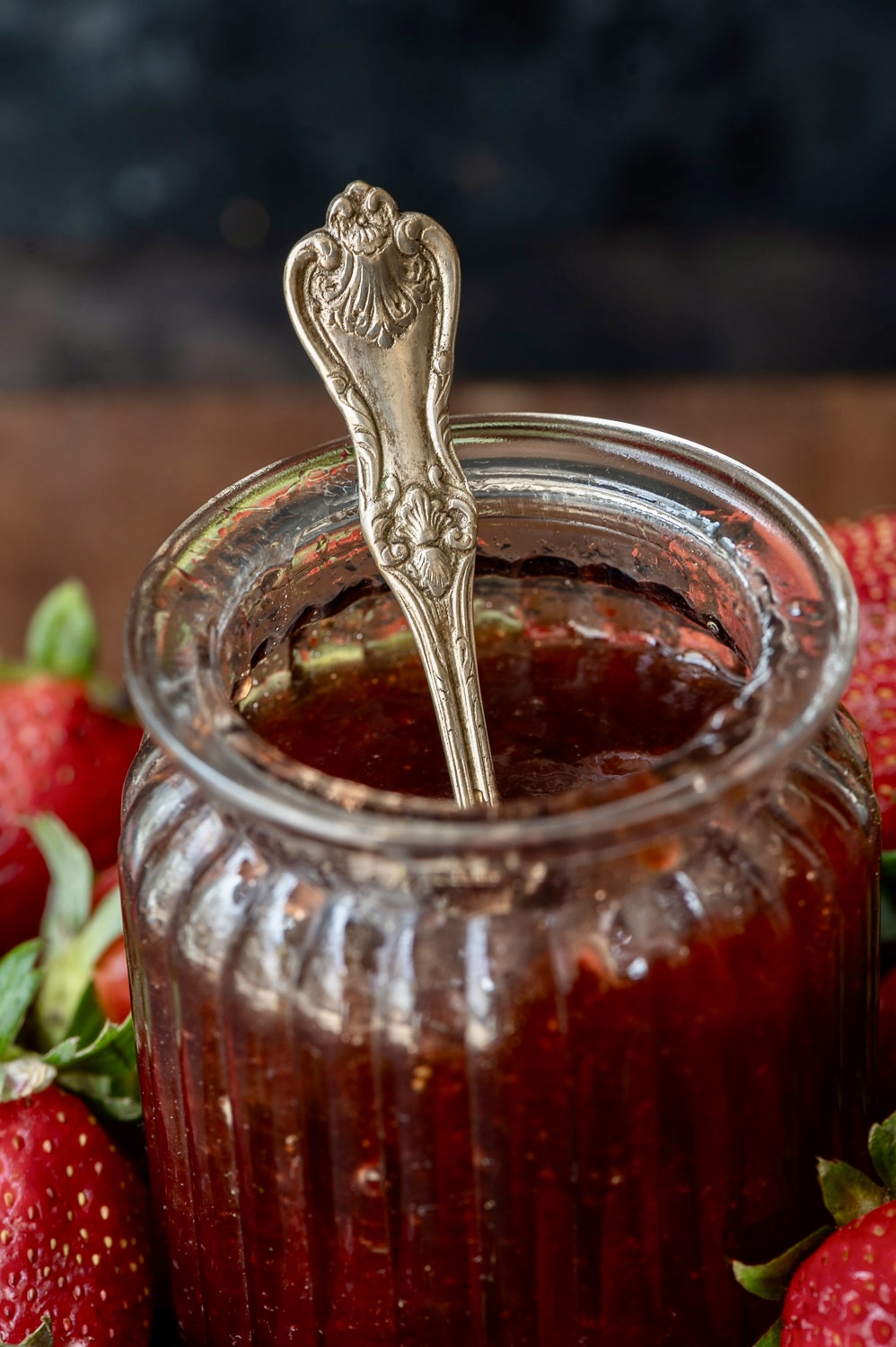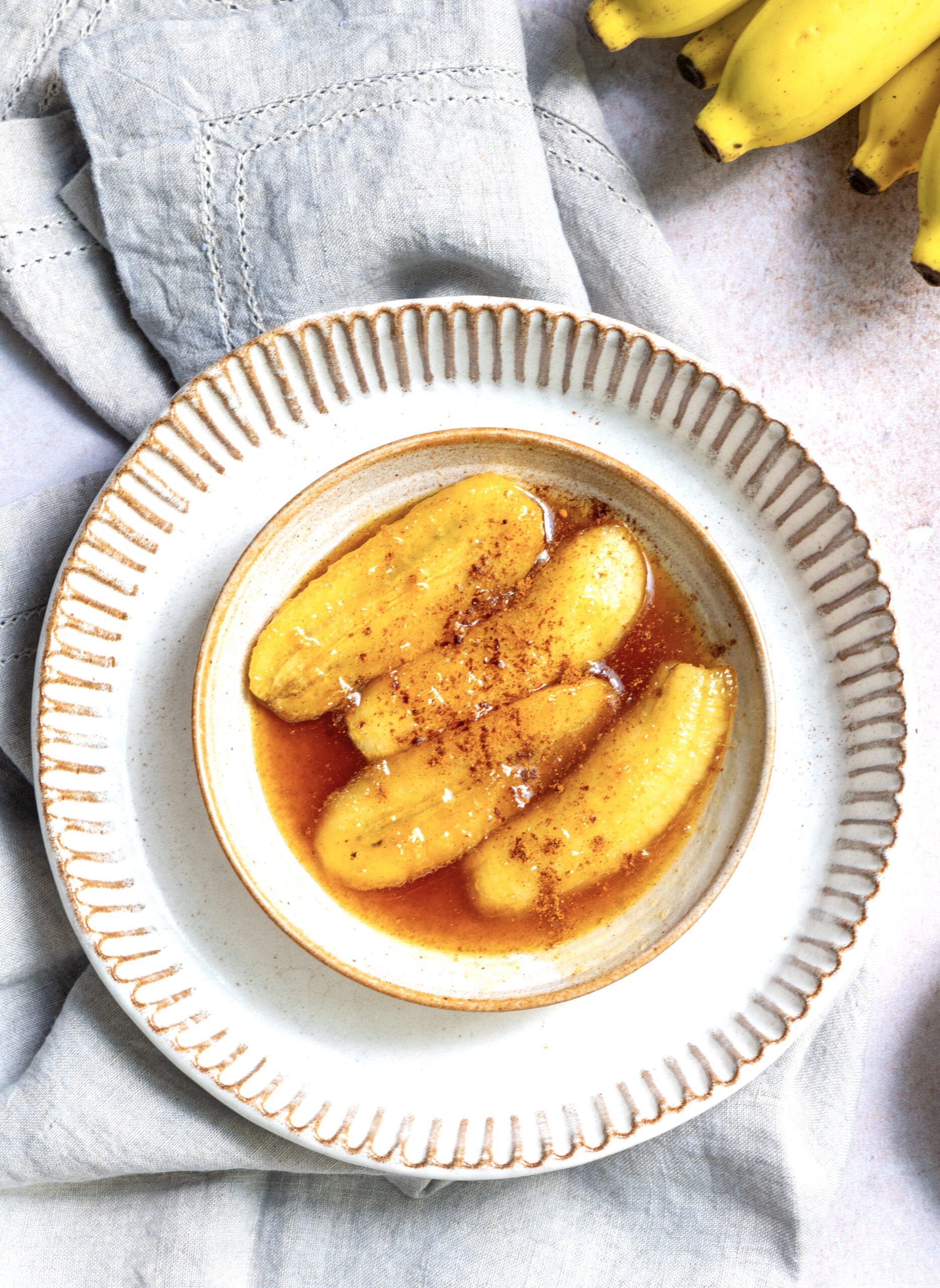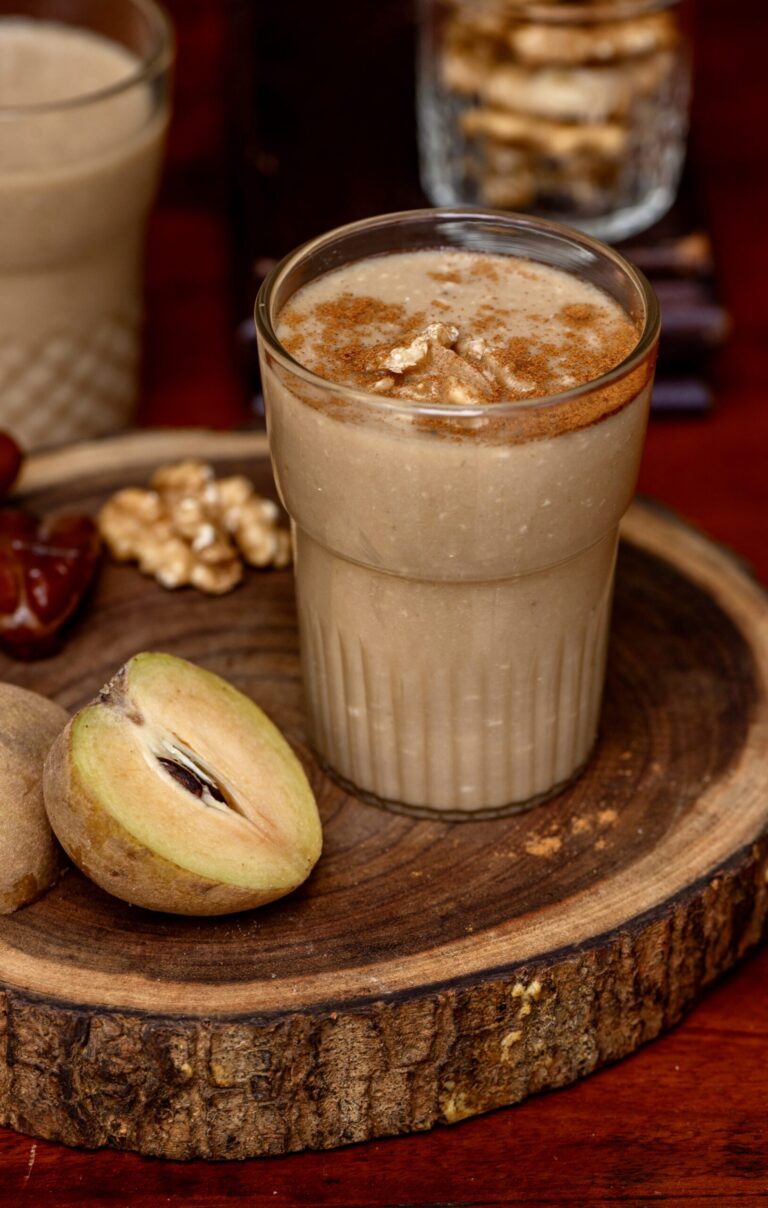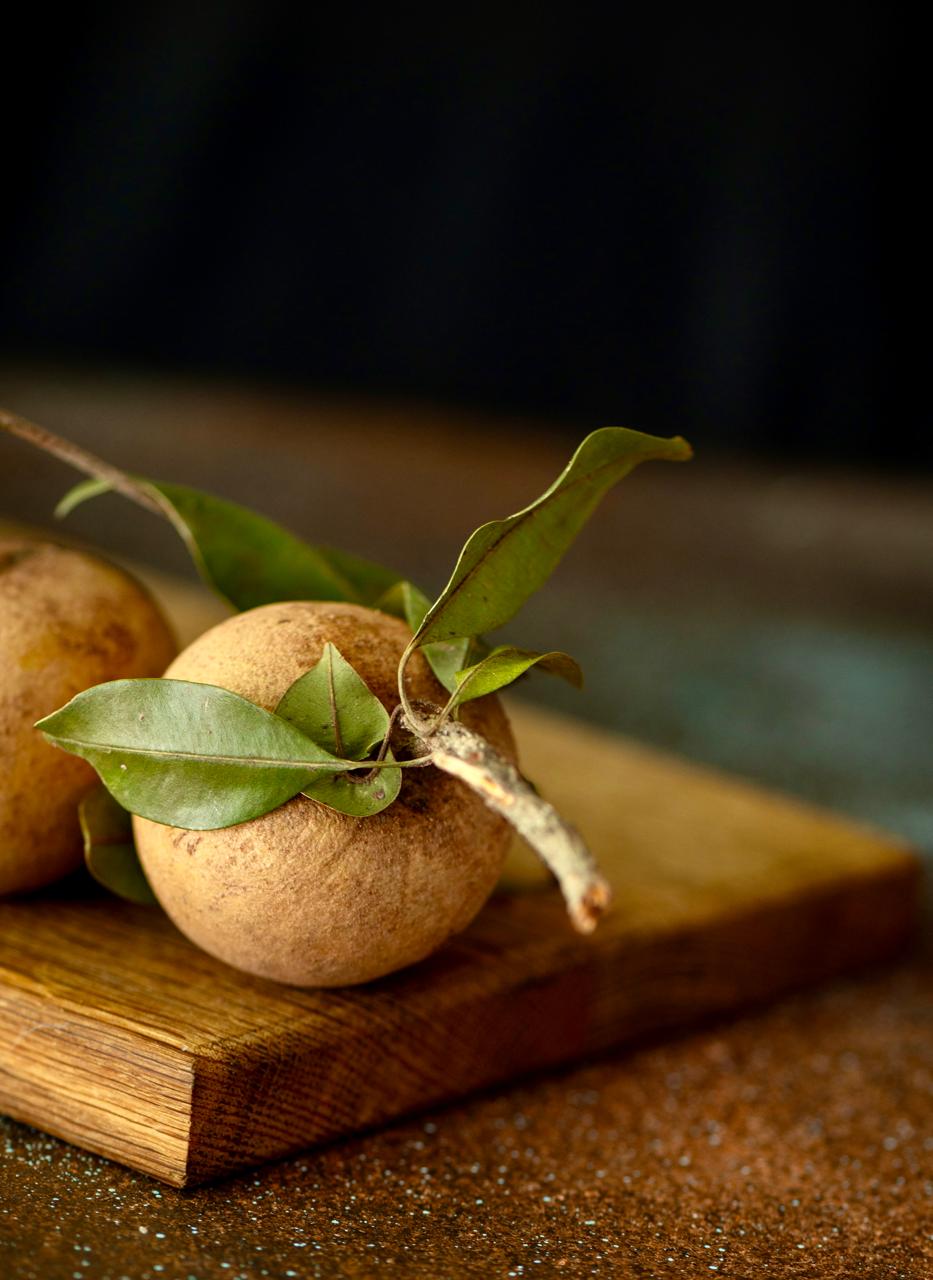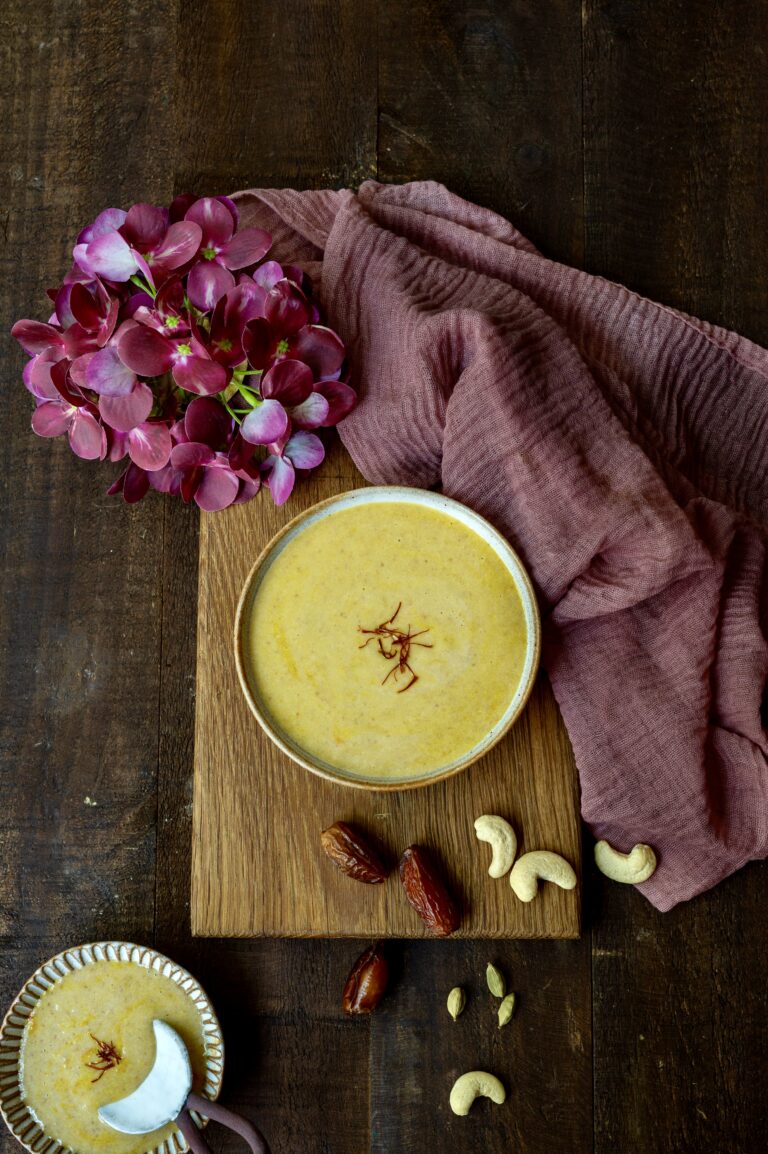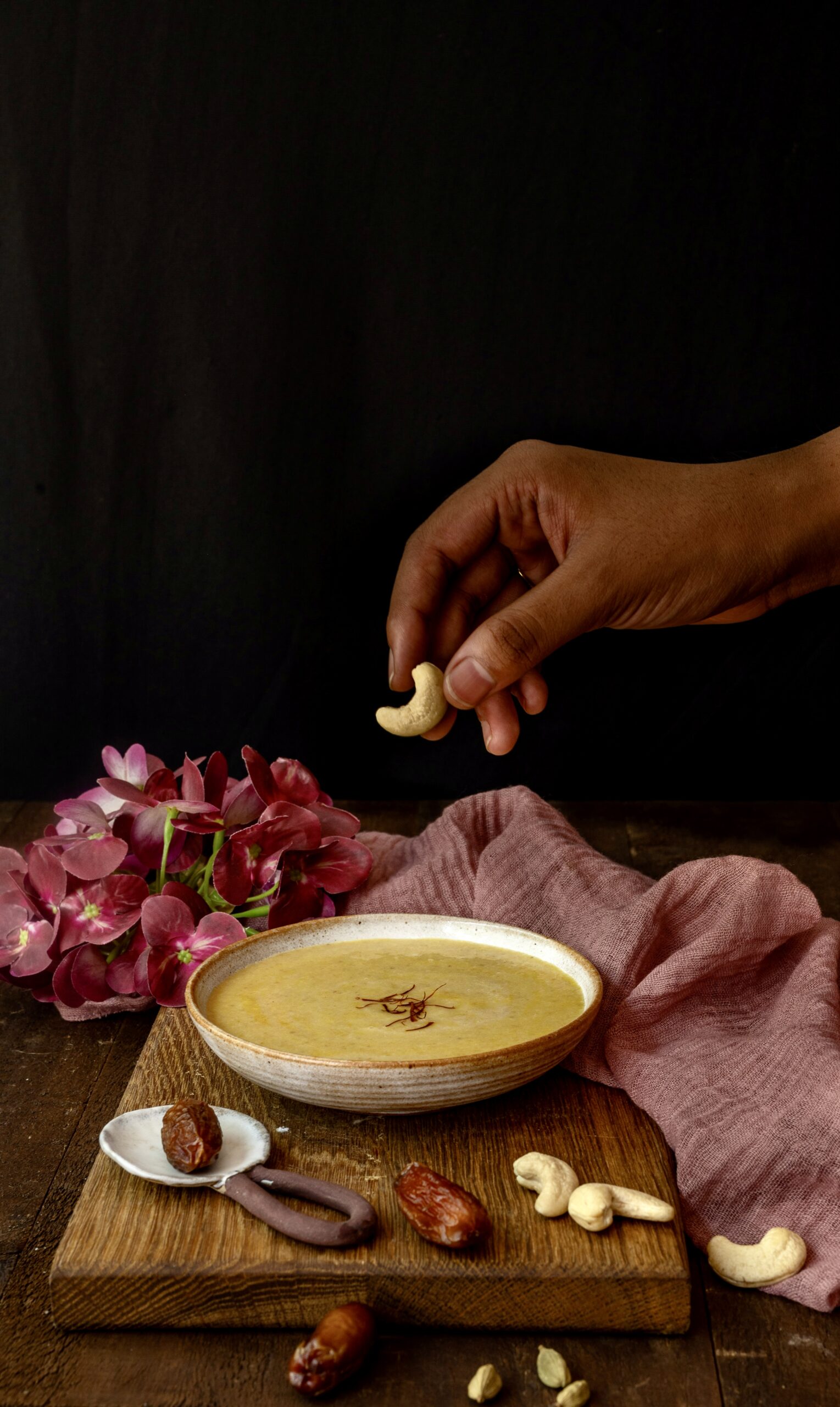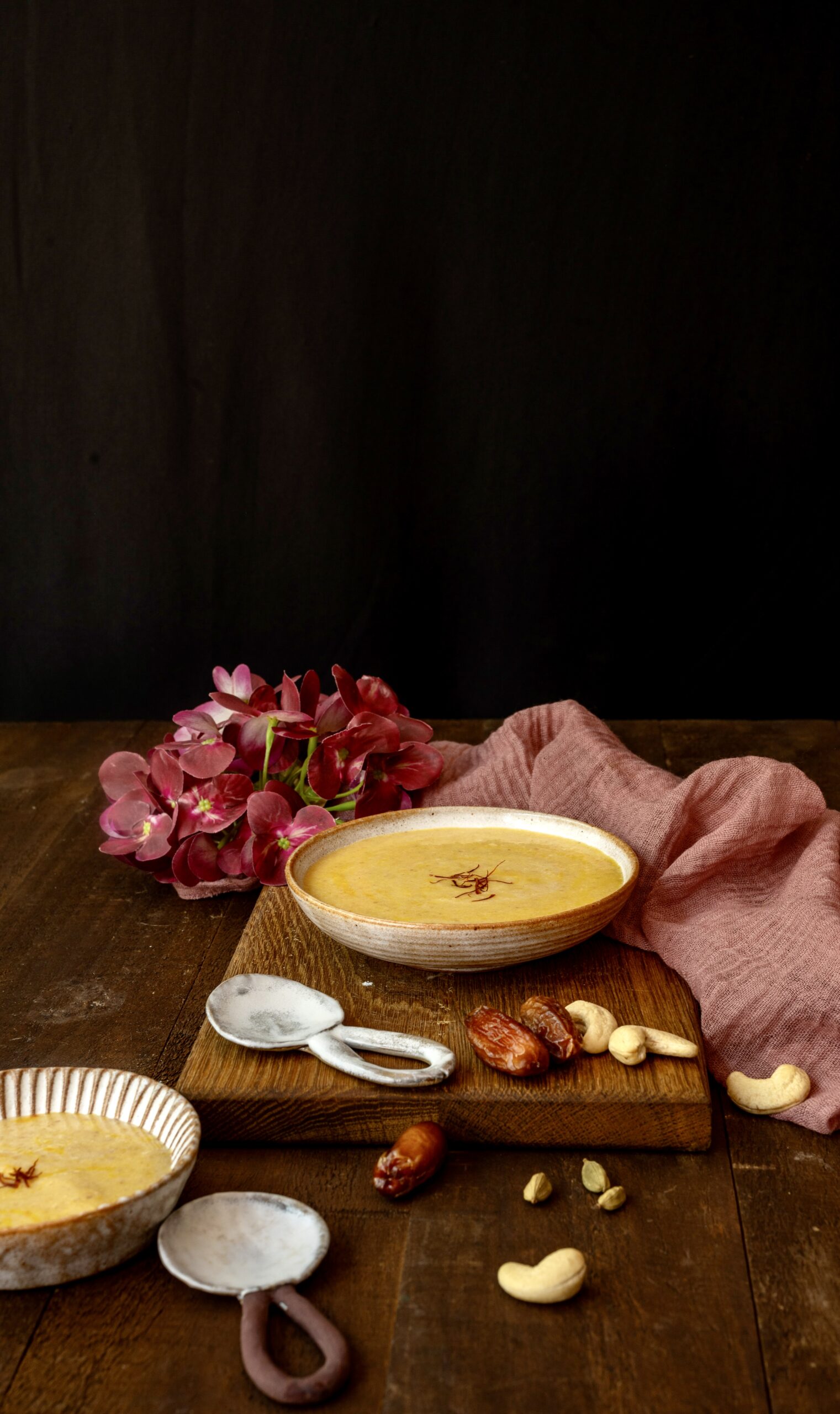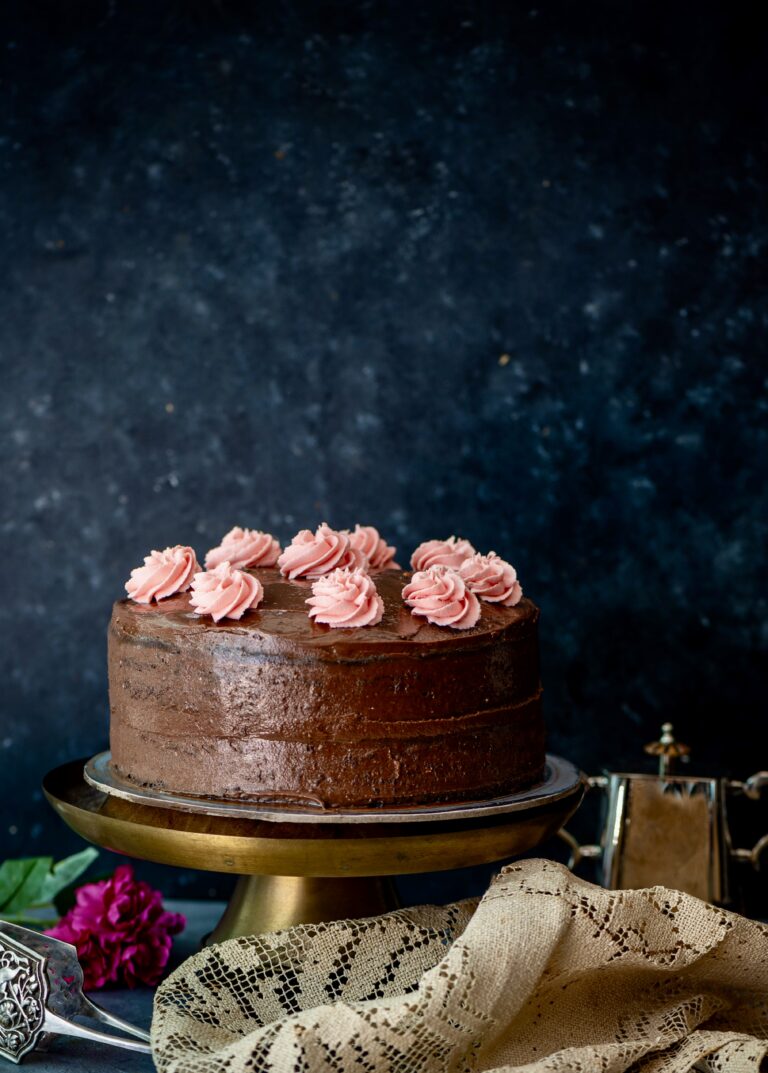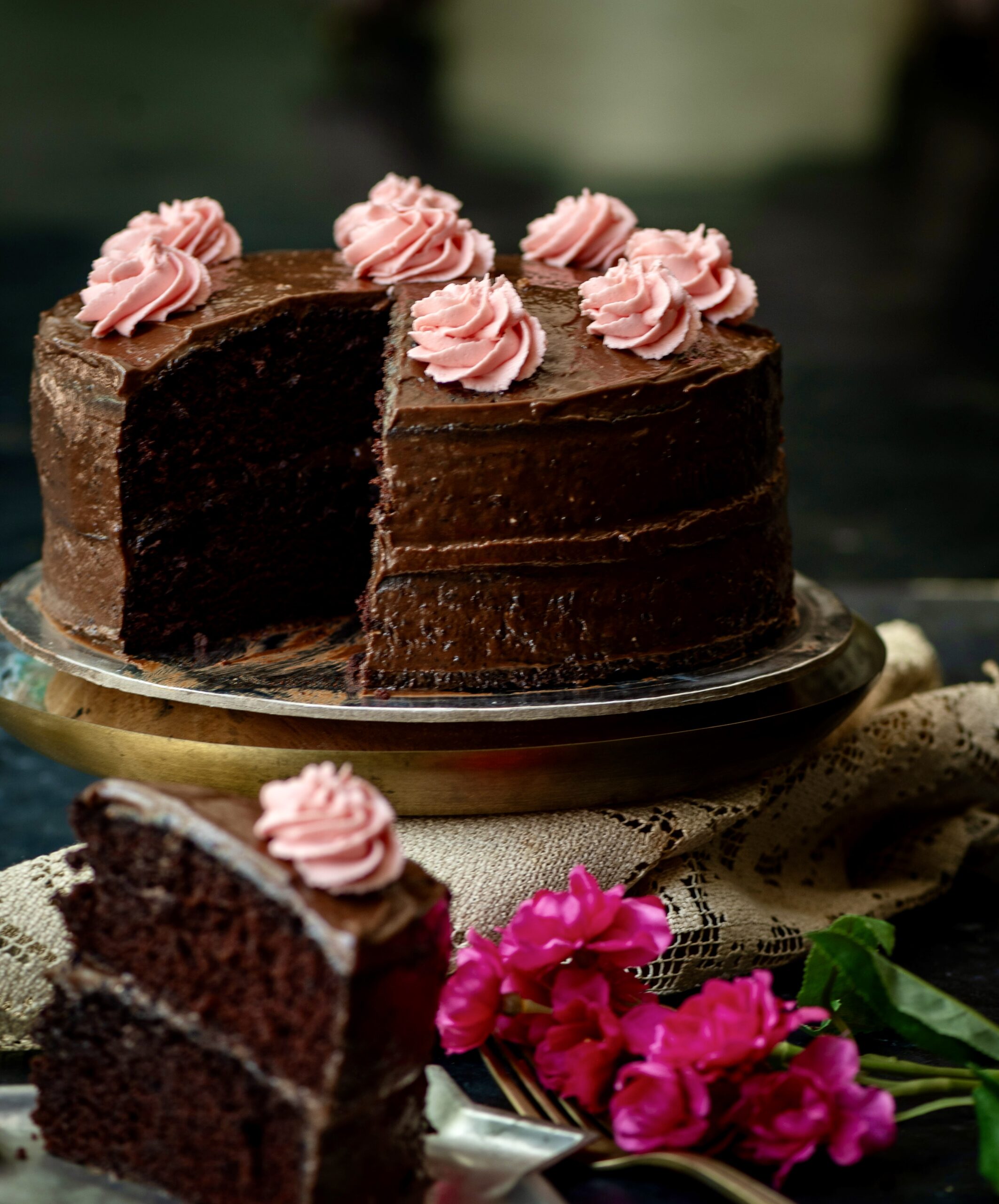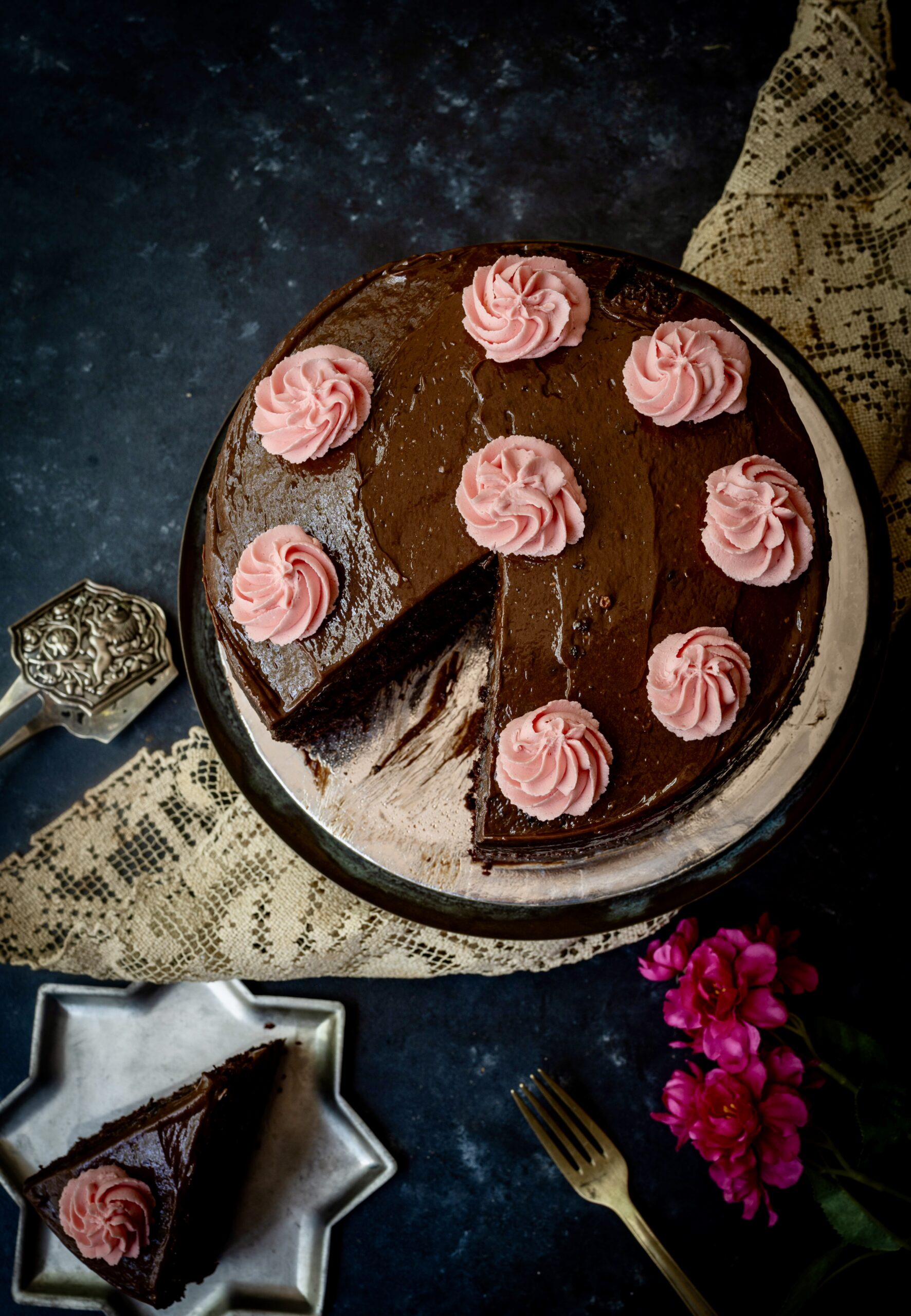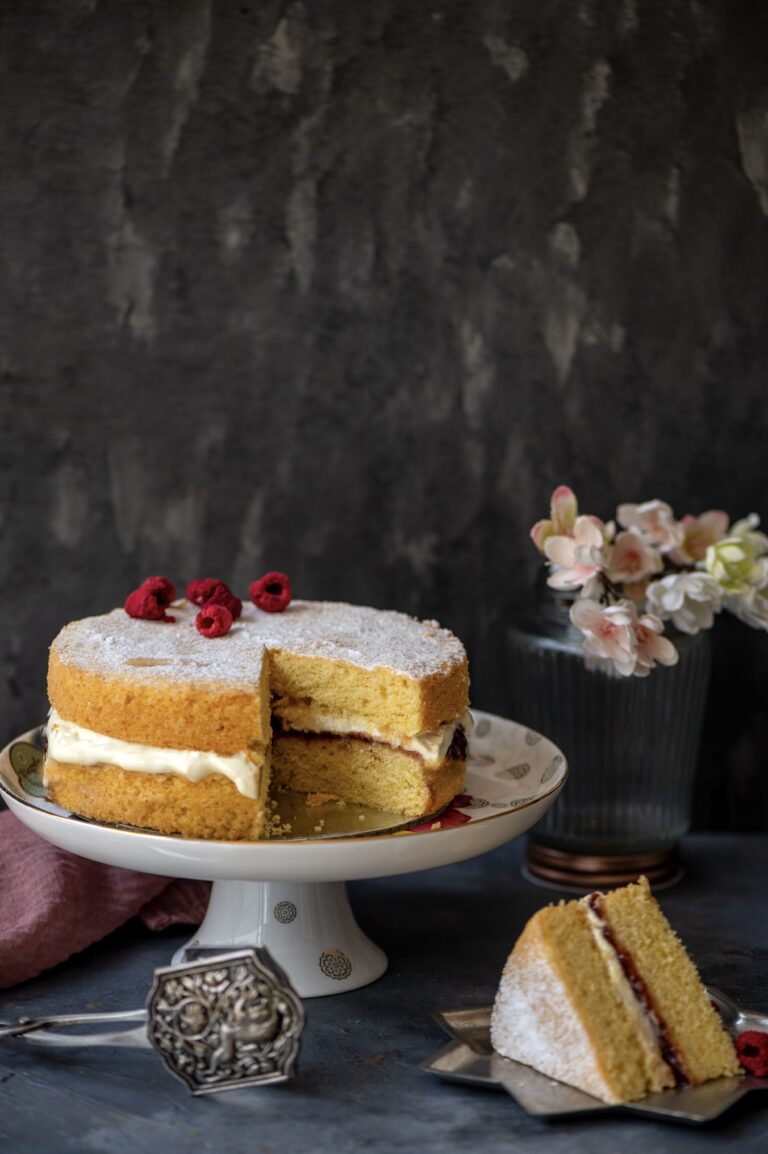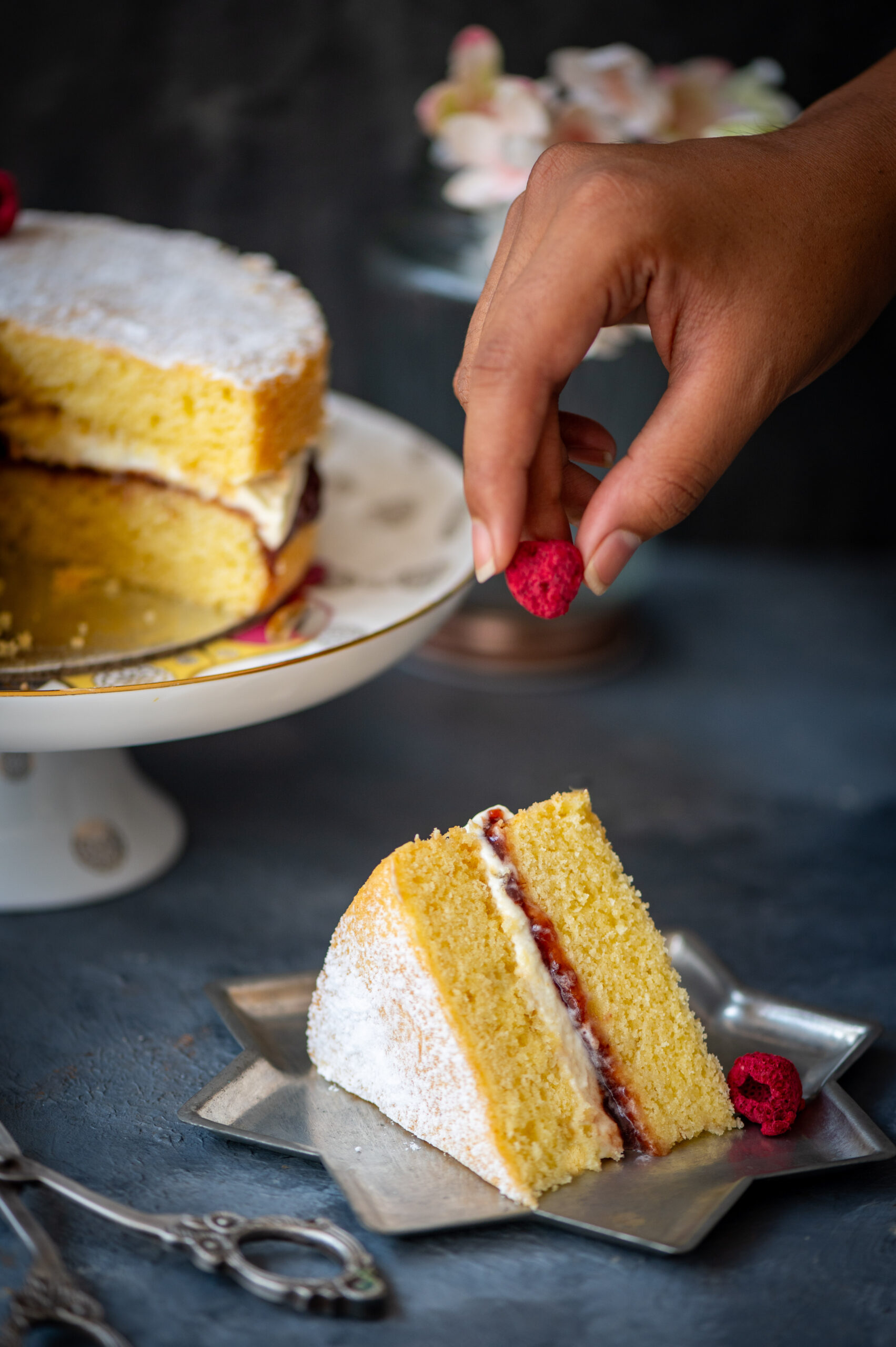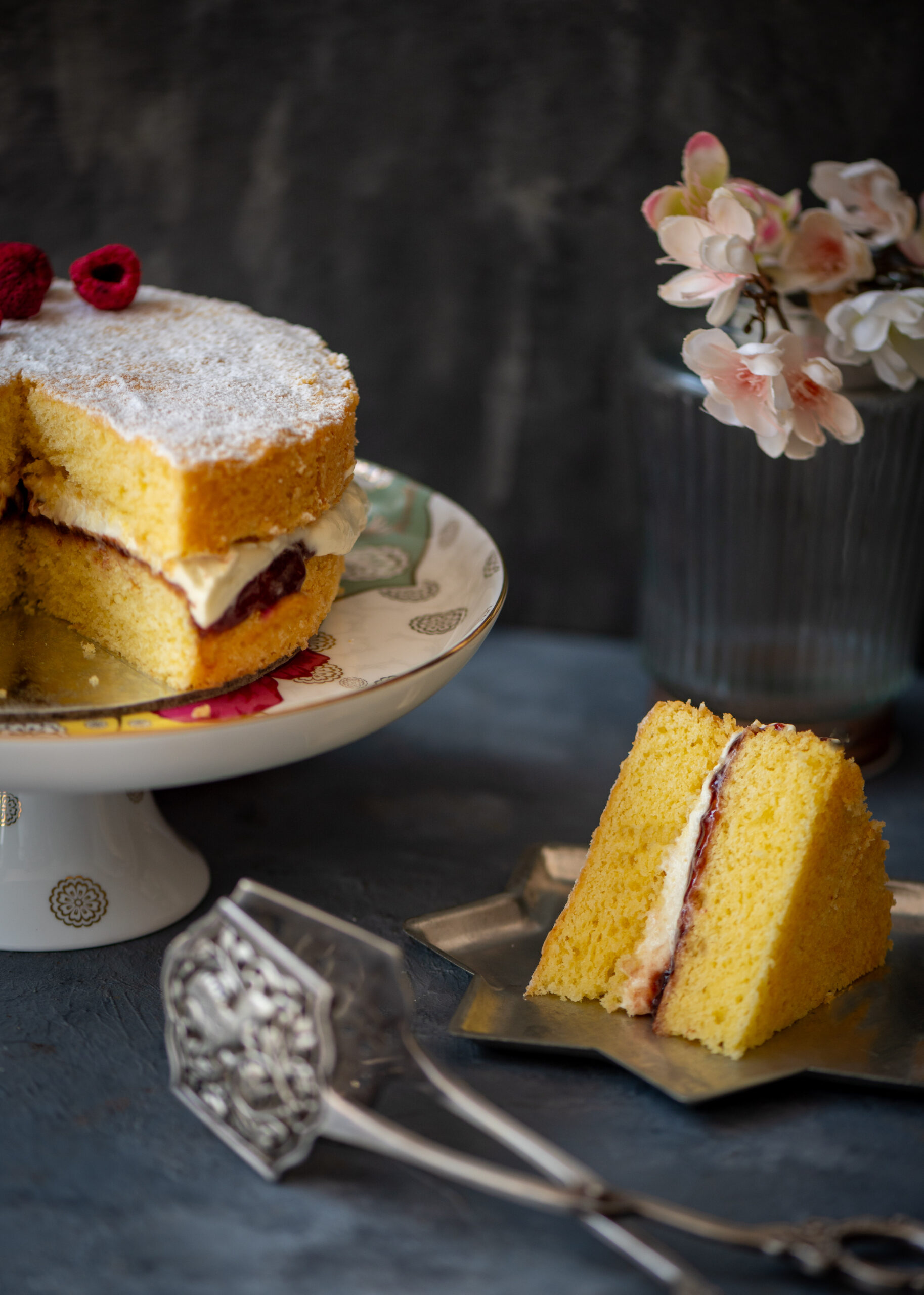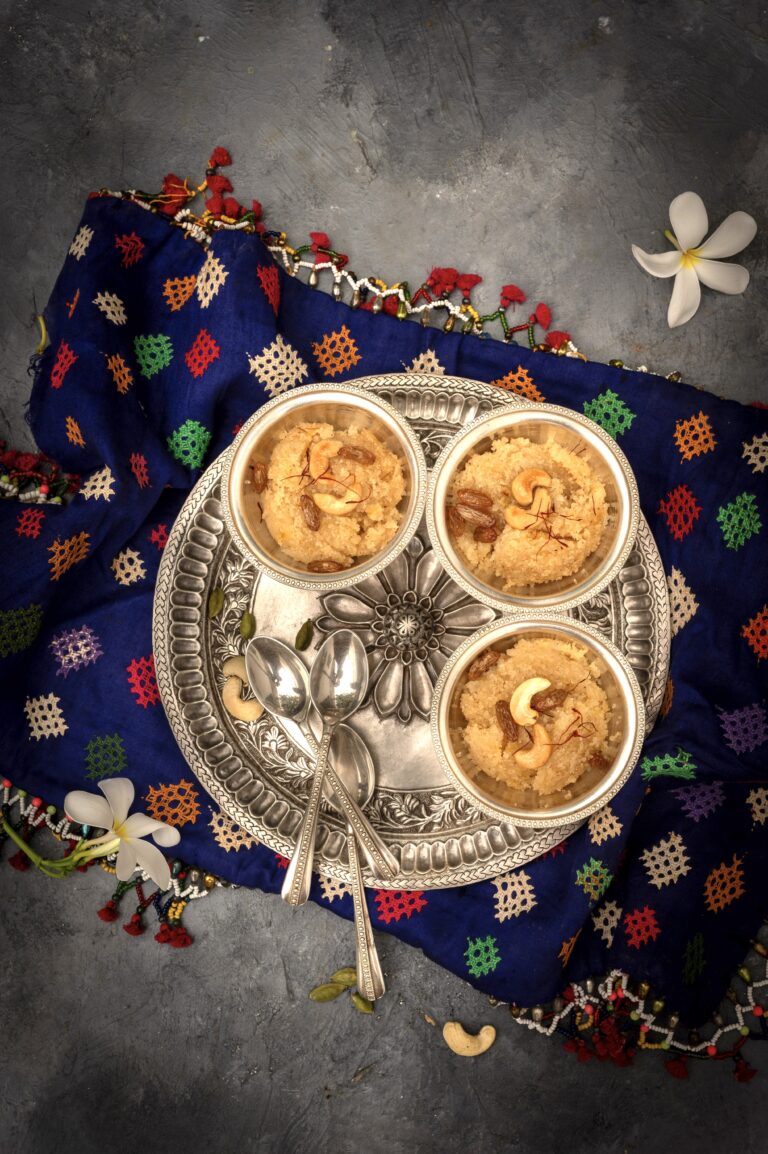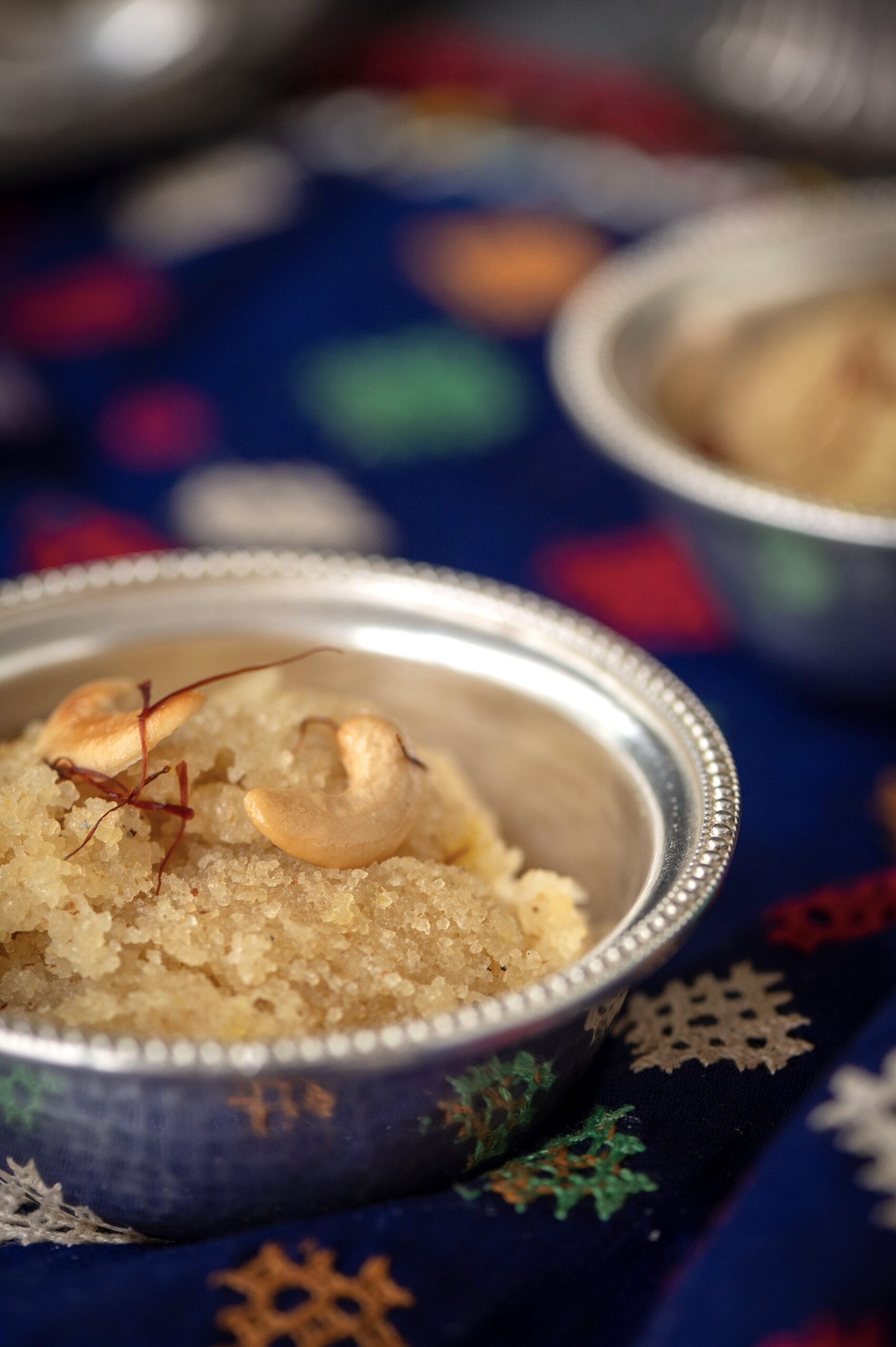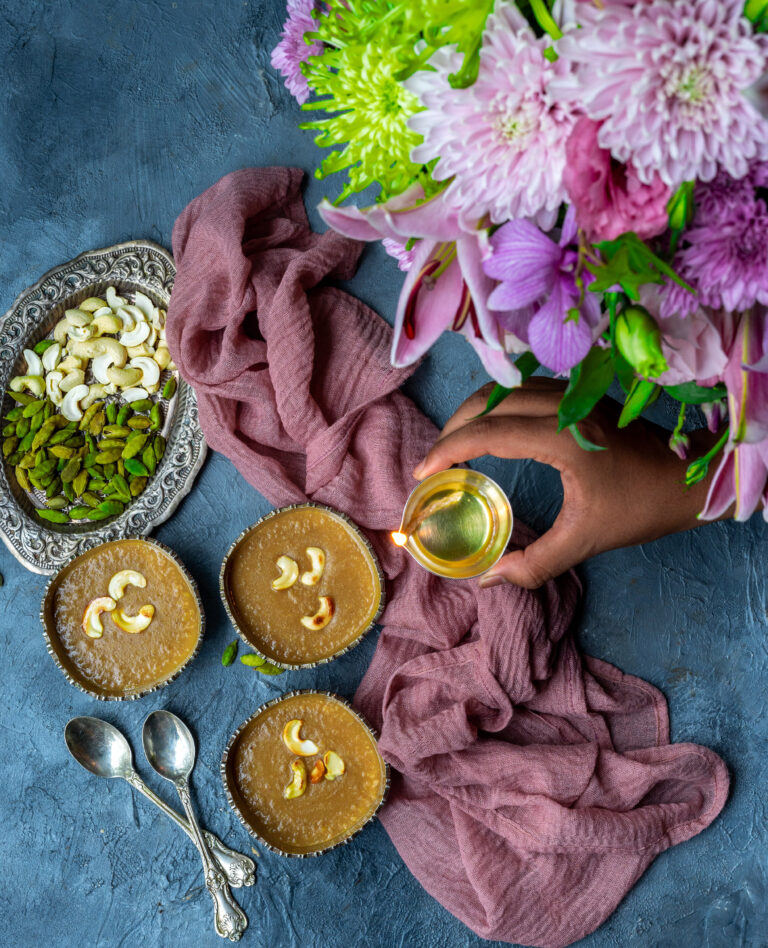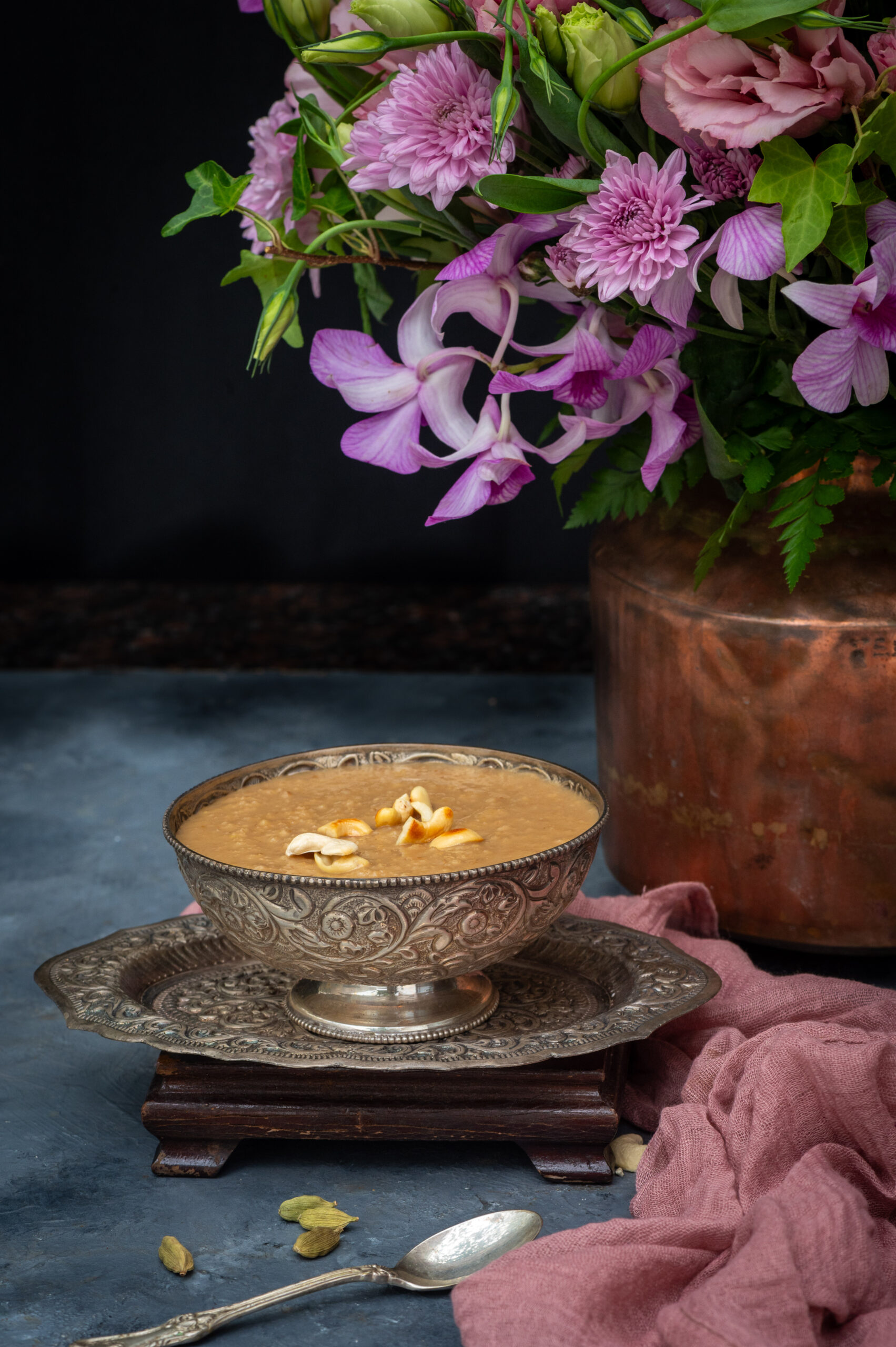Indian sweets aside, my experiences of desserts while growing up consist largely of two particular treats: one was ice cream, and the other was fruit salad. While my mother did also bake cakes, and as mentioned in various posts, crafted a wide array of Gujarati and pan-Indian delights, there was something about either ice cream or fruit salad that was just unbeatable in my eyes. With the heat now in full swing, and having become too sugar-conscious to eat ice creams the way I did as a kid, I decided to put together a lovely Indian-style summer fruit salad to make the most of the season!
I do want to take a moment to recall the ice creams of my childhood fondly, though. Back then, our family would visit a long-gone parlour called Joy Ice Creams, which sold ice creams both on sticks and in cups. This would be a rare indulgence, and we would really look forward to those outings. However, I must confess I also enjoyed eating ice creams every day – every school day, that is. There was an ice cream seller at my school, and my friends and I would literally buy his products on a daily basis. Well, I use the word “buy” a little loosely. The truth is that we would beg him to let us have some ice cream even if we didn’t have cash on us, and would wind up accumulating bills at the end of each month, not all of which got cleared. Many years later, some of our classmates happened to meet the gentleman and reimbursed him for his kindness to us back then!
My favourite at that time was pistachio ice cream, and somehow this flavour has never tasted quite as good when I have had it anywhere else since. Some things just can’t be replicated, I guess. I am grateful that many of my late mother’s recipes can indeed not just be prepared now because she shared them with me – but also that those dishes can be enjoyed just as much, if not more, that I did back then because the recipes are accurate. She ensured I would be able to recreate the taste of her cooking as precisely as possible. This fruit salad happens to be one of them, and I am so glad that I still have it in my life.
My mother prepared fruit salad once a week during the summer, using basic fruits like apples, bananas and chikoos. Sometimes she would add tinned peaches as a treat. She would avoid tangy ones in case they soured the milk in the dish. Now, of course, our access to fruit varieties is so much greater, and we can make our fruit salads in much more exotic ways, perhaps prioritising seasonality or a certain colour. You can see from my photographs what I have chosen, but you should select your fruits according to your preferences and the availability of the same.
Essentially, there were four ingredients in mom’s fruit salad: sugar, milk, fruit and custard powder. Custard powder was very easily available back then, and it continues to be today. I believe it was introduced to India by the British and was basically a flavourful type of corn flour that could be used as a thickening agent in desserts including puddings and of course this fruit salad. While Continental in concept, this is quite Indian in terms of popularity, as far as I know. She also occasionally made a custard and jelly combination.
Once a week, we would have lighter dinners so we could eat more of this treat. Mom knew we loved it, so she always made a large quantity so that there would be leftovers. It often tasted even better the next day. My siblings and I would be given measured cups so we wouldn’t fight over portions. Even so, there was such a sense of joy in what we all shared, limited or not. There was great satisfaction in just having one cup each. This effortlessly lovely dish was a part of so many of our evenings. It was made as a small, regular treat, but it was also served to guests, when one of us got good marks in school and so on. In this way, it was a big part of our childhoods.
I used to prepare it for my children when they were younger too, and they enjoyed it then. Now, their exposure to food is so vast that I am not sure a humble fruit salad has as special a place in their hearts as it does in mine. Nowadays, there seems to be an abundance of everything. When you can tap a few buttons on your phone and have amazing gourmet ice cream arrive at your doorstep, the idea of wearing your best dresses and going out to a parlour for a special occasion becomes a relic of the past. So too with many basic, homemade dishes. Still, some days call for very simple delights. On those days, nothing beats this Indian-style summer fruit salad.

Indian-Style Summer Fruit Salad
(Serves 4)
2 tablespoons custard powder
½ litre milk
3-4 teaspoons sugar
2-3 cups cut fruit of your choice
2 dates
Peel and cut all the fruits and the dates. Keep in a bowl. Cover and refrigerate.
Remove ¼ of the milk and keep it aside. Boil the rest.
Meanwhile, add custard powder to the cup of room temperature milk that was kept aside. Mix well until there are no lumps and gently add the mixture to the boiling milk. Keep stirring constantly on a low to medium flame, making sure it doesn’t stick to the bottom. Be careful here as the milk may get burnt. It will release a distinct smell if it does, and we don’t want this.
As the milk is thickening, add the sugar and stir.
Turn off the flame and after giving it a last stir, cover the mixture well. Allow to cool to room temperature. Then refrigerate until cold.
Once cold, add the cut fruits and dates to the prepared custard milk and mix. Refrigerate again and serve cold. Garnish with nuts of your choice, if you’d like to.
The season really does call for more fruit consumption, and offers some great harvests too, so I encourage you to explore more fruity recipes in my blog archives!
